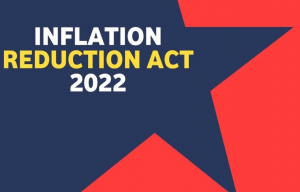It’s Confidential, So I Can Lie, Right?
An important underlying principle of mediation is that communications made in the course of mediation are not admissible in other civil forums. So, is it okay to make stuff up?
There’s a Rule
California Rule of Professional Conduct 4.1 provides, in part: In the course of representing a client a lawyer shall not knowingly make a false statement of material fact or law to a third person…
Business & Professions Code 6068 requires an attorney “to employ, for the purpose of maintaining the causes confided to him or her those means only as are consistent with truth, and never to seek to mislead the judge or any judicial officer by an artifice or false statement of fact or law.”
It’s the Ethics
The difference may be subtle. Puffing is okay. Lying is not.

Puffing refers to exaggeration, opinions, and representations about future actions. “My client will never settle for less/more than $100,000” is a type of posturing often seen in negotiation. Yet, I have often settled cases for a number both parties had previously rejected as one they would never accept.
Descriptions of pain are subjective. Because these representations are impossible to verify, they can easily be exaggerated or baselessly dismissed. “My client’s chronic pain prevents her from ever working again” may be puffing—or it might not. If, however, the attorney knows the client is clandestinely working a job or has accepted a job offer, this statement is a false representation of a material fact in violation of the ethical rules.
Valuations based on conflicting expert witness reports are the fodder for arguments about what is a proper settlement. Basing a negotiation stance on a hired expert’s report is appropriate. Intentionally failing to disclose pertinent information which would materially affect that expert’s opinion is an ethical breach.
Ethical, But…
While outlandish puffing about the value of a case may be ethical, it may not be in anyone’s interest. Ridiculous posturing and a lack of civility impair fruitful negotiation.







